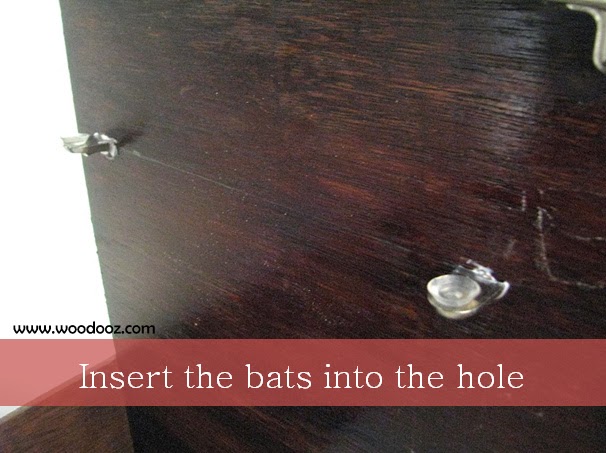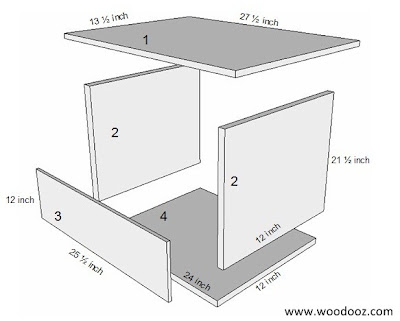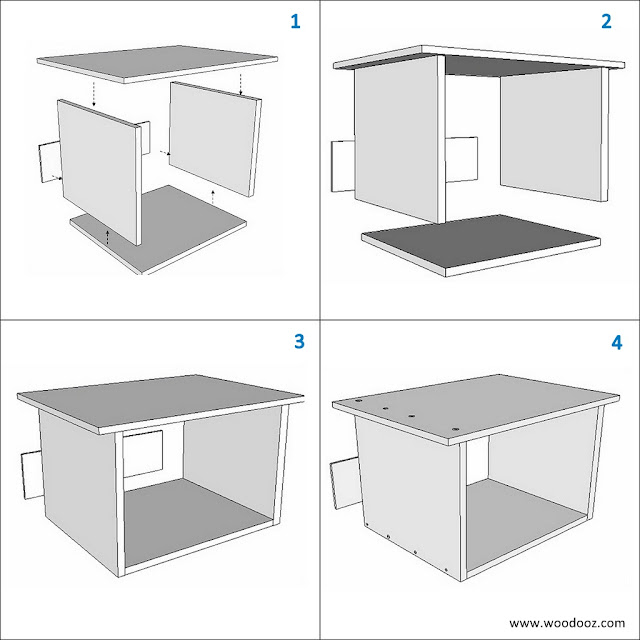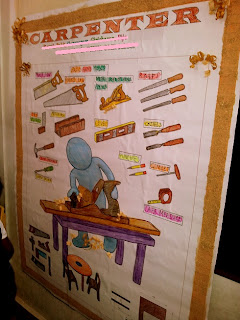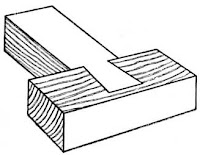This is one post that I have been raring to post for a long time. Just wanted April to pass and wanted to ensure due permissions are in place. This was the first time that Woodooz has been featured in the print media and that has been keeping us on cloud 9 all along.
The background :
The week - Smartlife was doing an article on DIY in India and wanted the opinion of few hobbyists. I had the wonderful opportunity to voice my thoughts along with other DIYers and the article was published last month in the monthly edition of Smartlife.
Thanks to Nisha Ramchandani for being constantly showing interest in what we have been doing in Woodooz and also for referring the blog and our work to Monty who was writing the article.
Thanks to Monty Majeed of The Week for reaching out and for patiently listening to me on the phone for close to 20 odd minutes. Special thanks for wonderfully paraphrasing the conversation.
Thanks to Nathan G of nathangphotography for braving the distance and coming all the way to our place for a mini photo shoot. It was nice meeting up and to hear his inspiring story of how he gave up a plush IT profession to pursue his passion for photography.
Without further ado, will leave you with the scanned images of the article. If you are the types that prefer the text version, you can read the entire article here.
 |
| DIY as a hobby |
 |
| Indranil of IndianDIY |
 |
| Sudhakar Prabhu |
The blog as been idle for a long time and the last few posts have not been centered around our work. This little motivation has pepped us up quite a bit and we wish to push ourselves to indulge in lots of pending DIY around the home. A lampshade is waiting to be completed, a painting is just half done, and need to start work on a small cabinet to house my tools. And very soon, will populate these projects here.
Do you agree with the article. What is your opinion on DIY woodworking catching up as a popular hobby ? What do you see as the hurdle in you wanting to jump into this wonderful activity ? Do leave me a comment.










